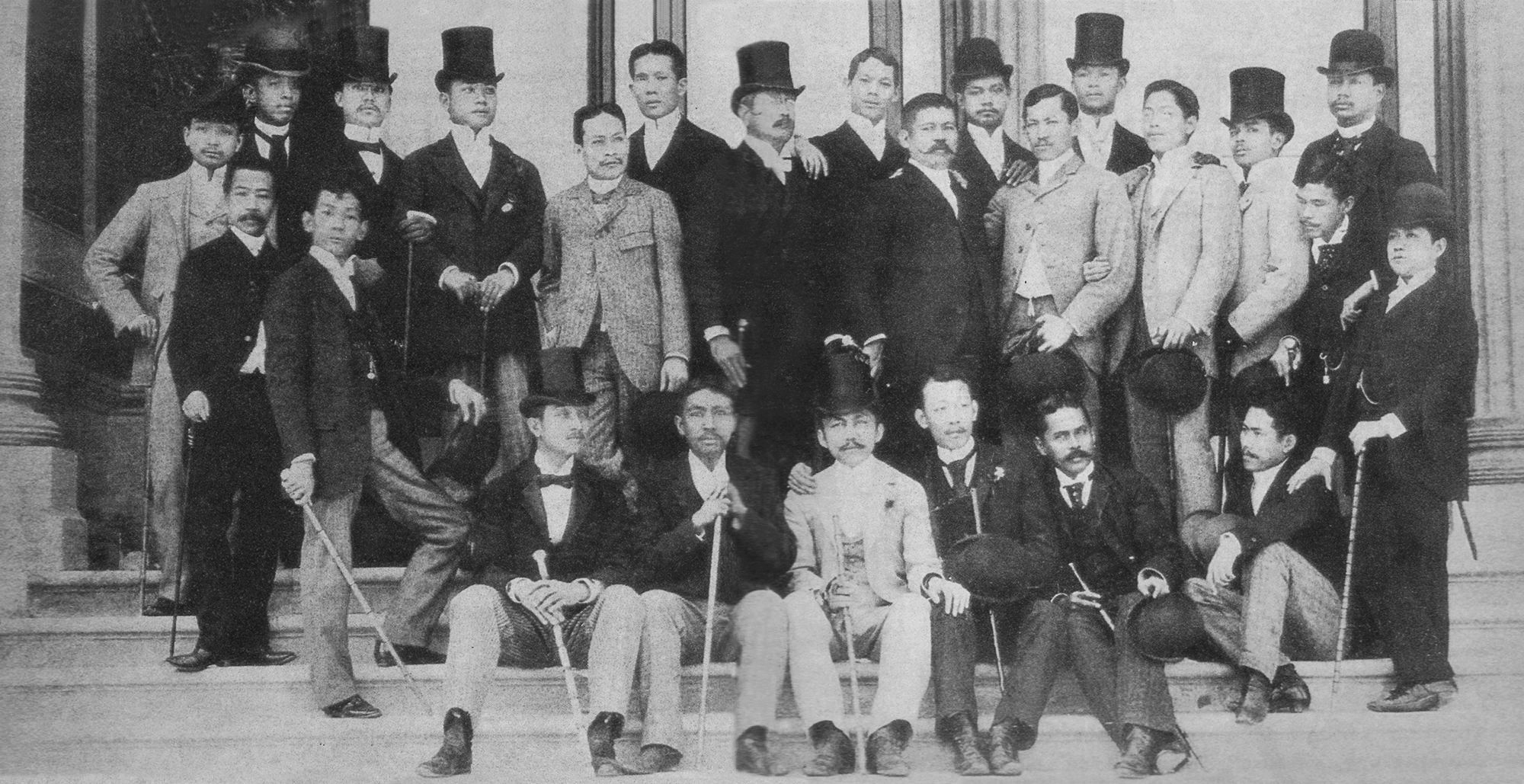The gold medal was a great achievement for a Filipino during those times. More importantly, the painting made a significant historical impact in shaping the Filipino consciousness.
Spoliarium
In the ancient Roman civilization, a spoliarium (latin word for 'den') is an area in a coliseum where the dying gladiators are discarded and stripped off their armors and other possessions. In this painting, we can see the Roman guards dragging the fallen gladiators in the spoliarium. On the left, people are awaiting for the possessions that they could exploit. Meanwhile, on the right, we can see a woman weeping for her dead beloved. An old man can barely be seen holding a torch, probably looking for his dead loved one. This stark contrast that centers around the fallen gladiators make it a truly dramatic and, at the same time, thought-provoking scene.
Currently, the painting, 4.22 m. by 7.675 m., sits in the National Museum in Manila, Philippines.
Juan Luna and the Ilustrados
A political activist, Juan Luna was a member of the Ilustrados, a political propagandist group that was composed of Filipino middle to upper class intellectuals who were educated in Europe. Through their written and visual works, the Ilustrados dealt with political, moral and social injustices by the Spaniards in the Philippines and sought out reform and equality. Jose Rizal, who authored the novels Noli Me Tangere (Touch Me Not) and El Filibusterismo (The Filibuster) that exposed the abuse and the corruption by the Spaniards in the Philippines, was the most well known Ilustrado and was considered the country's national hero.
 |
| A photograph of the Ilustrados taken in 1890 |
During the celebration in honor of Juan Luna and Felix Resurrection Hidalgo, the other Filipino painter who won the silver medal, Rizal in his speech acknowledged the Spoliarium as a work that allegorizes man's constant political, moral and social struggles. In "The First Filipino," a book about Jose Rizal, author Leon Ma. Guerrero implied that Luna's masterpiece inspired Rizal to write his own Spoliarium that would later on become Noli Me Tangere, the biggest historical literary piece in Philippine history.
During the time of the Spanish regime, different groups clamored for different solutions for the sufferings imposed upon the Filipinos. The Ilustrados, for instance, called for a more just political and economic arrangement with the Philippines. On the other hand, several rebel groups, mostly composed of lower to middle class Filipinos, such as the Katipunan, sought for complete independence from Spain. The Spoliarium was one of the many works that influenced as well as inspired such varying groups in their efforts to liberate the Filipinos from oppression.
Read more about The Art Historian and the author.
Read more about The Art Historian and the author.






0 comments:
Post a Comment